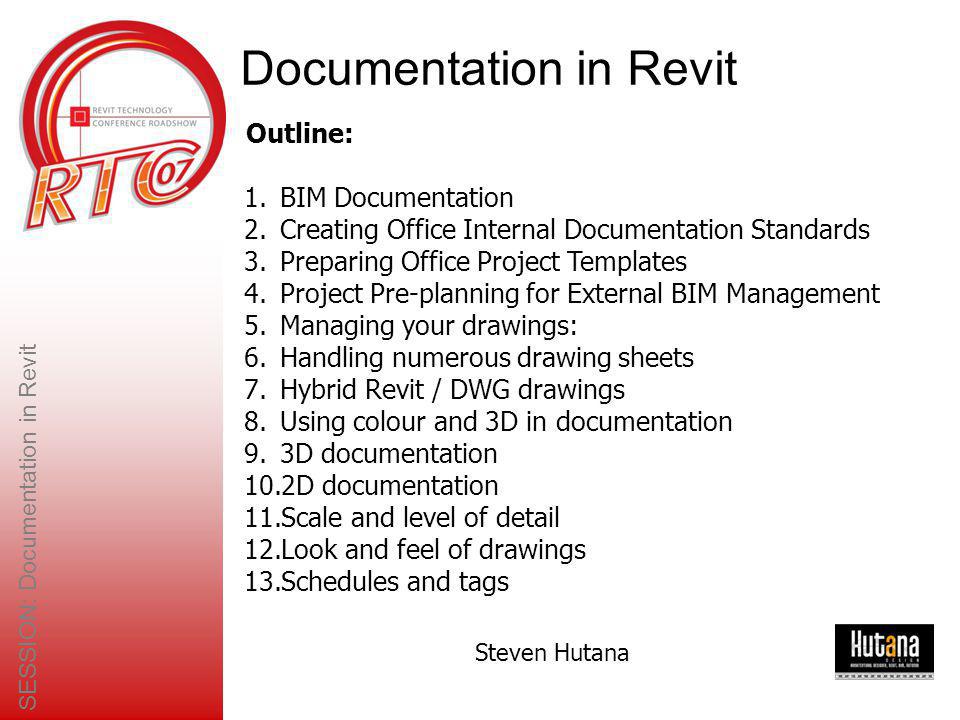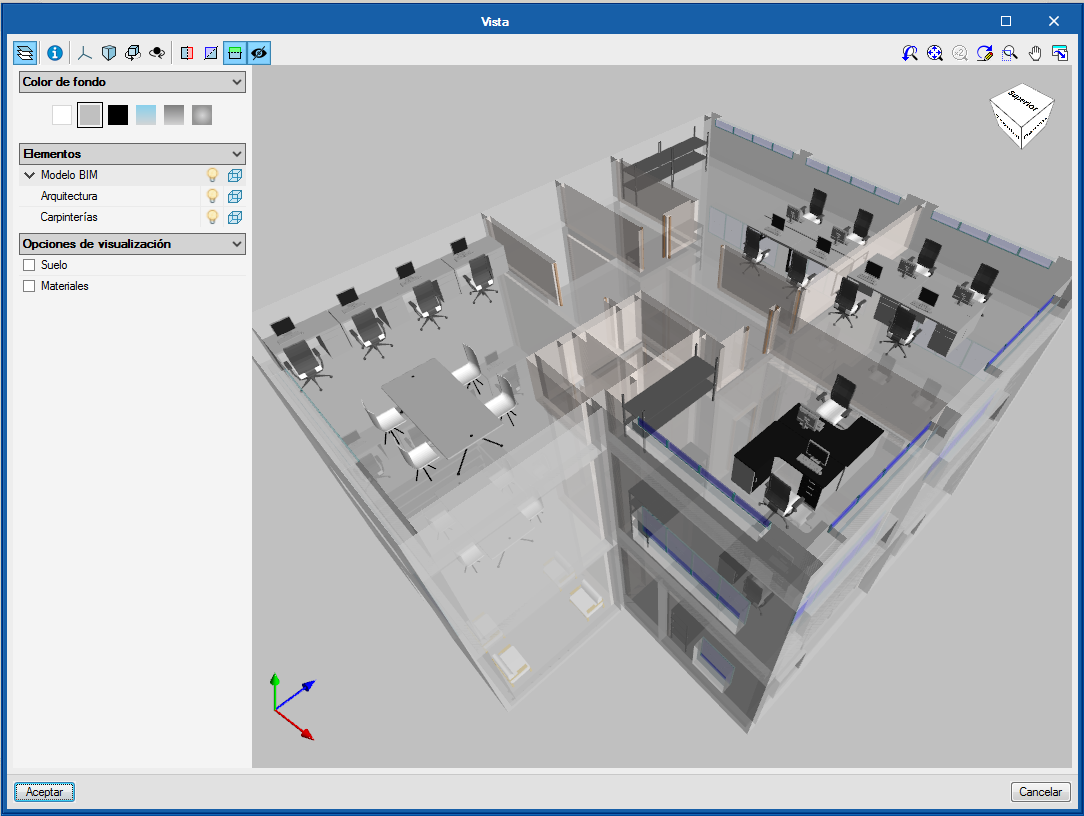

The idea is to create a standard office BIM manual that can be tailored to suit specific projects. As one of the PBP purposes is to keep all team members informed it is important there are clear processes for informing everyone of revisions, and providing access to the latest revised PBP. changed requirements when the contractor's BIM Execution Plan (BXP) is created.įor this reason it is important a schedule of reviews are established as part of the plan, along with good record keeping of revisions. negotiations during creation of the Design Collaboration Plan (DCP) another team member's PBP exposes opportunities to improve work practices improved work processes are introduced the model needs restructuring for the next stage of the project The PBP is a document that can be, and is expected to be, revised during the process of the project. Where things are agreed to when I know they have no idea how they can be fulfilled. I have sat in too many meetings trying to get a BIM Execution plan up and running with blank looks and no input from other players. PBPs can also be used to verify that processes are in place to meet the deliverables and requirements of the owner's BIM Project Brief (BPB).īut perhaps the best purpose of PBPs is that it forces all participants to think about how they will do BIM on the project. If the QS has no intention of using Revit to schedule costs why including costing parameters? There is little point using the structural engineer's floor slabs in the architectural model if they will not model set downs. exposes practices that can be discussed and negotiated between project team members.Įach team member's PBP informs what is possible when the Design Collaboration Plan (DCP) is created. (as opposed to what was in their bid submission) makes explicit what BIM skills a participant actually has allows others to assess what uses they can put your model to This is not only important to those working on the project in your office, but also informs those outside members of the project team that will be receiving your model. The purpose of the Participant BIM Plan (PBP) is to explain how you are going to set your model up for the project. This post is about how an essentially in-house BIM manual can be utilised to form a Participant BIM Plan (PBP), which becomes part of a project's overall BIM Management Plan (BMP). My last post was about the owner's BIM Project Brief.


In a previous post, Single project BIM Execution Plan: a good idea? I set out my views on how BIM Execution plans should be split in to separate BIM plans to create an overall BIM Management Plan. How is an office supposed to develop best practice and train staff under this scenario? Potentially different naming standards, shared parameters, modelling requirements. The BIM for Bridges Design Manual provides guidance to any entity engaged in the design development, construction and presentation ofĪs Constructed information of departmental bridges.īuilding Information Modelling (BIM) for Bridges Design Manual (PDF, 2.One of the problems with a single project BIM Execution Plan is that you end up with different BIM standards and requirements for every project in your office. The Bridge BIM Model shall encompass the structural design of the bridge asset, in a complete three dimensional (3D) electronic model, that is progressively developed through the design stages, inclusive of project attributes, and is suitable for construction coordination and field set out.
Bim office standards software#
The department's implementation strategy is a three pronged approach focusing on developing the underpinning BIM/DE documentation and standards, internal and external capability development aligned to the BIM/DE documentation, and supported by robust ICT software applications all working together in a Common Data Environment (CDE).īuilding Information Modelling (BIM) for Transport and Main Roads (PDF, 1.04 MB) BIM for Bridges Design The Building Information Modelling (BIM) for Transport and Main Roads guideline provides an overview of the department's plan for the implementation of BIM processes and methodology in the delivery of road infrastructure projects. The State Infrastructure Plan (SIP) released in March 2016 outlined the Government’s direction to enable the implementation of Building Information Modelling (BIM) progressively into all major state infrastructure projects by 2023.


 0 kommentar(er)
0 kommentar(er)
